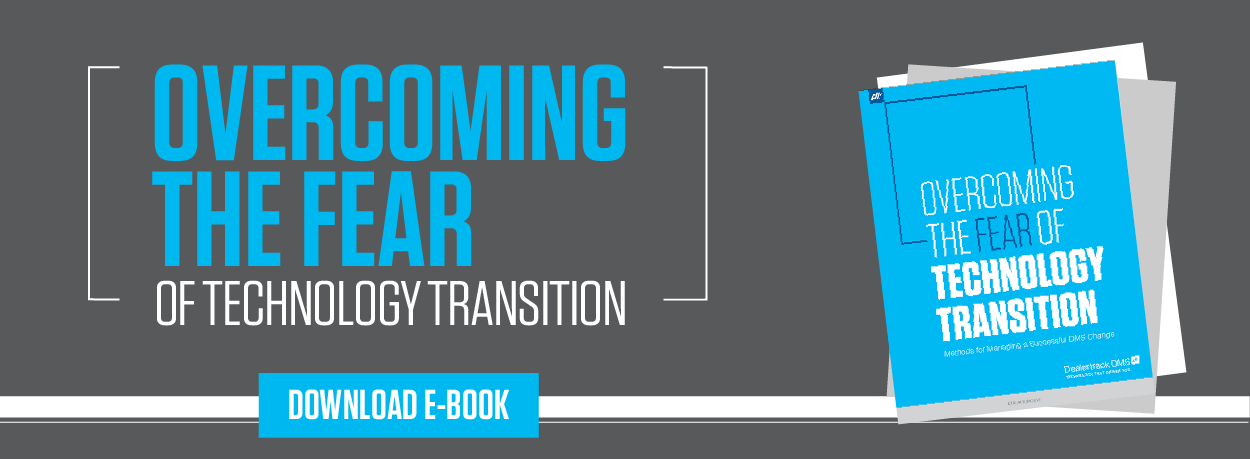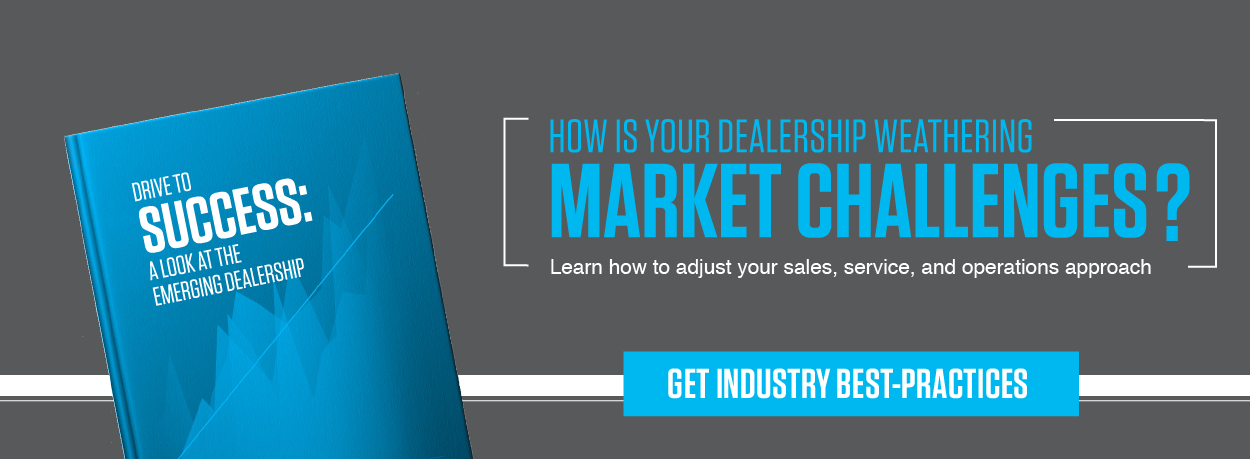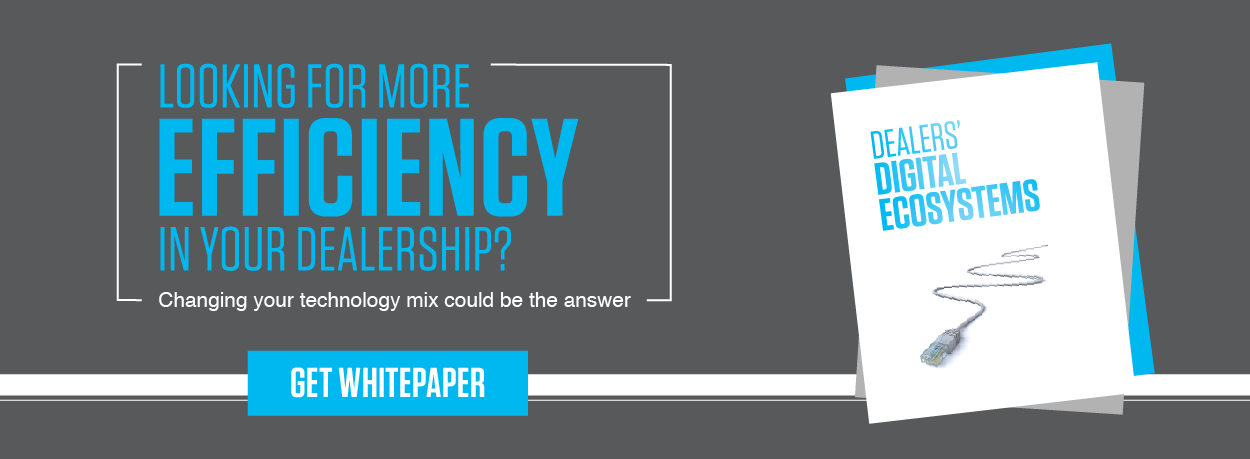The auto retail industry is made up of thousands of forward-thinking business people who have found success by adapting to changing environments. These industry leaders have endured downturns, adapted to imposing regulations, and evolved to become the results of natural selection in the marketplace. But when it comes to technology, even enterprising auto dealers can get stuck in their ways and afraid to change. The fear of change is real–and it seems even more real when your current DMS provider threatens to increase prices if you don’t resign or promises functionality ‘in the future.’
Fear of Change Management
With so many advancements in technology in recent years, many dealerships have become reluctant to switch their dealer management systems (DMS), despite the short-term and long-term benefits of upgrading. After all, technology touches every aspect of a dealer’s operations. And one wrong move could spell trouble for an entire business. In other words, with a decision as monumental as changing technologies, it’s easy to see why so many dealerships are apprehensive to make a move.
Fear of Losing Familiarity
Many dealerships are reluctant to change simply because they fear losing familiarity with their old systems and the effect that new technology might have on company culture. There’s no doubt that switching technologies has a huge impact on employees. Especially when dealerships have operated the same DMS for years, even decades, that technology, however outdated, becomes a part of the identity and culture of the business. And the idea of changing identities in the business world can be a frightening prospect.
Fear of Installation and Data Loss
For all intents and purposes, the DMS is the brains of a dealership’s business. It’s the glue that holds dealerships together. It harbors information so vital to the success and continuation of a business it could be fatal if the information isn’t converted seamlessly to a new system. Even if a different DMS would be better for business growth, many dealers are afraid to make the leap and can’t be bothered with a DMS install.
Getting Past the Fear
In truth, switching to a new DMS isn’t nearly as painful as most people think. In fact, most dealer groups report consistent satisfaction in several dimensions of operational improvement. These include efficiency gains, overhead savings, reporting advantages, improved customization, and faster financial closings.
As dealerships depend on their DMS platforms more than ever to stay profitable, those that find ways to leverage technology and take advantage of upcoming trends will outpace the competition and become the next generation of industry leaders.
If your dealership is interested in learning more about overcoming the fear of change, download our free guide, Overcoming the Fear of Technology Transition: Methods for Managing a Successful DMS Change.








